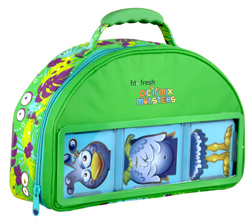Let’s play “Let’s Pretend”. What would happen if you were invited out to dinner at a restaurant, knew nothing about the food they served there: if it was healthy or even tasted good? Once you arrived, you were not given a menu or asked what your preference was and suddenly a plate of something ‘unknown’ and ‘unidentifiable’ was put down in front of you. Do you dig in with a smile on your face or say “no way”? I would imagine that only the extreme foodie wouldn’t have a problem with this but the rest of us would. I wouldn’t eat a meal if I didn’t know what it was made of and how it was prepared.
Doesn’t the same thing happen to our kids at dinner on most nights of the week? Children have been so far removed from food; the growing, selecting and preparation that it is no wonder that when they see a candy that glows in the dark or blue applesauce or neon pink yogurt, that they think these products are food. We need to engage all of children’s senses around food so that they come to their senses when choosing what foods they will and will not eat. Let them read about a new food (vegetable, fruit, legume, grain) pick it up, squeeze it, smell it, wash it, cut it up, play with it and really get familiar with the new food before asking them to take a bite. This ‘play’ also teaches children what food should look and feel like so that when they are faced with junk food it will look like junk to them.
We all fear the unknown when it comes to food. There is actually a name for it; neophobia, and this fear is built into our genes as a survival mechanism. It kept us from eating everything we found while toddling around as a two year old. Years ago a child would have helped his parents till the ground, plant a seed, water the seedling, and pick the vegetable before they were asked to eat it. They also most likely helped their mother and grandmother in the kitchen prepare dinner. This generation of children has no idea where food comes from.
I am not asking that you turn your kitchen into a short order diner but I do want you to involve your kids so that they are familiar with what they are eating before it is put down in front of them. Have your child choose a new food; vegetable, fruit, fish, or legume for example, at the store once a week and bring them back into the kitchen to play with their food before serving it to them to eat.
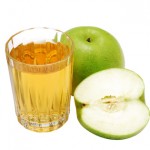
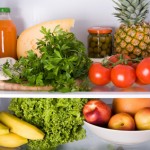
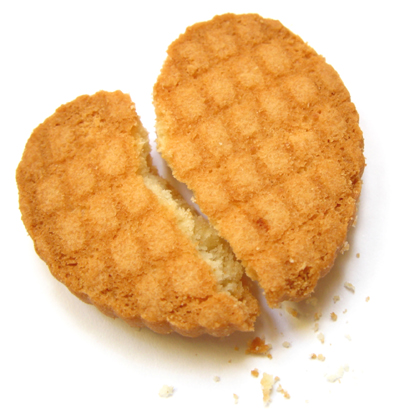
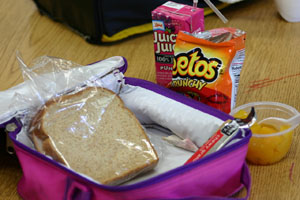
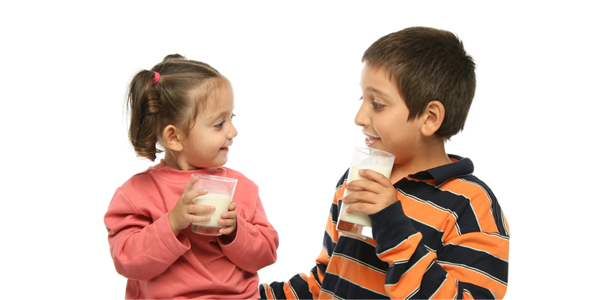



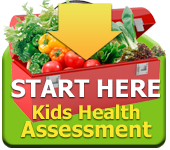
 Dr. Debbie Kennedy (Dr. Deb) is a pediatric nutritionist with 23 years of experience in the field. She has worked with both Yale and Columbia Universities, and has developed programs for some of the industry’s luminaries such as Dr. David Katz and Dr. Mehmet Oz.
Dr. Debbie Kennedy (Dr. Deb) is a pediatric nutritionist with 23 years of experience in the field. She has worked with both Yale and Columbia Universities, and has developed programs for some of the industry’s luminaries such as Dr. David Katz and Dr. Mehmet Oz. 